Gua Sha has transcended its traditional roots to become a cornerstone in contemporary beauty and personal care routines. This ancient Chinese practice, known for its simple yet profoundly effective technique, promises to rejuvenate, heal, and transform the skin. In this comprehensive guide, we’ll explore the essence of Gua Sha, its benefits, potential side effects, and how to seamlessly incorporate it into your skincare regimen.
Table of Contents:
– What is Gua Sha?
– Does Gua Sha work?
– Benefits of Gua Sha
– Side effects of Gua Sha
– How to use Gua Sha
– Top trendy products that contain Gua Sha
What is Gua Sha?
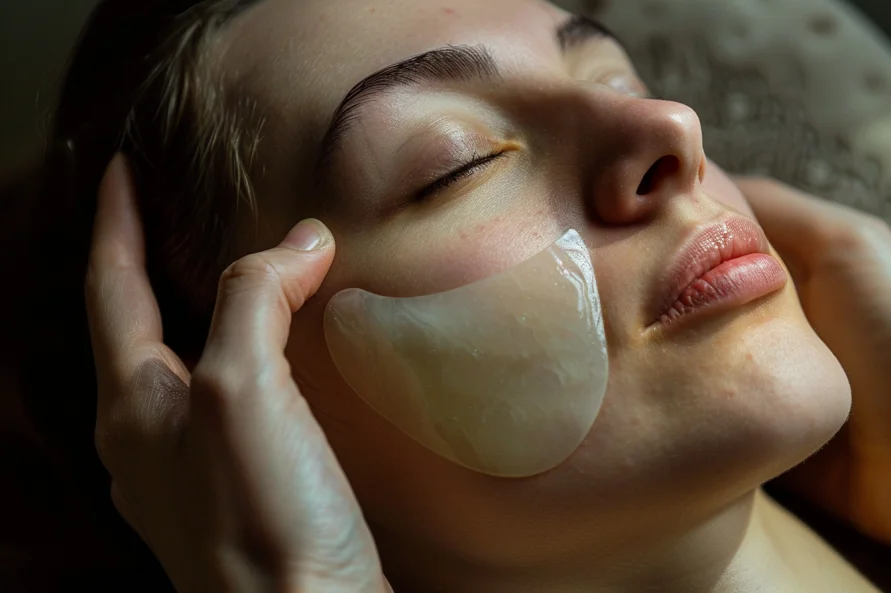
Gua Sha is a traditional Chinese medical treatment where the skin is scraped to stimulate blood circulation and healing. The practice involves using a smooth-edged instrument, typically made from natural stones like jade or rose quartz, to gently scrape or rub the skin’s surface. This technique is believed to release unhealthy bodily matter from sore, tired, stiff, or injured muscle areas to stimulate new oxygenated blood flow to the areas, promoting metabolic cell repair, regeneration, and healing.
Does Gua Sha work?
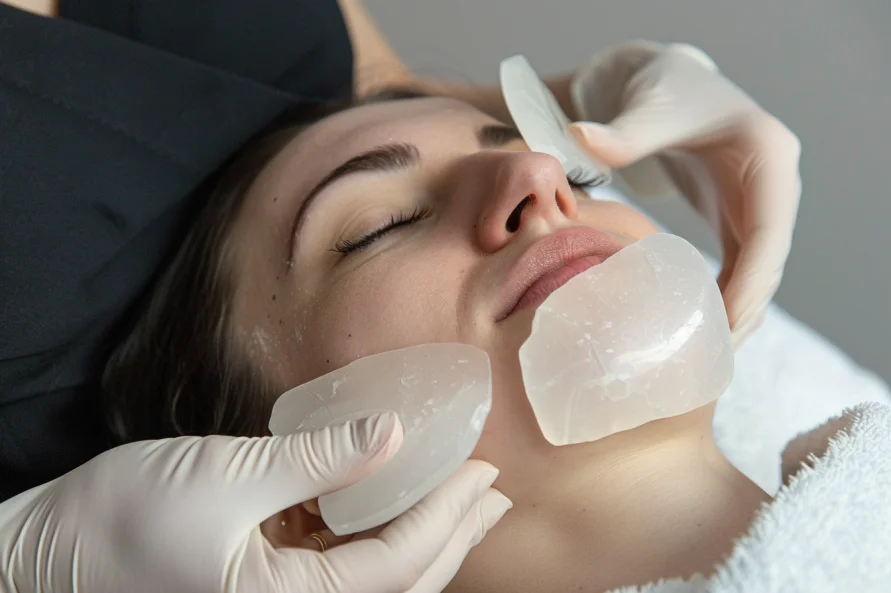
Skeptics and enthusiasts alike often ponder the effectiveness of Gua Sha. Scientifically, Gua Sha has been shown to increase microcirculation by four times, which can significantly improve blood flow and aid in the body’s natural healing processes. This increased circulation can help to flush out toxins, reduce inflammation, and encourage collagen production. Anecdotal evidence and a growing number of personal testimonies also support its efficacy in improving skin texture, reducing puffiness, and even easing muscle tension.
Benefits of Gua Sha
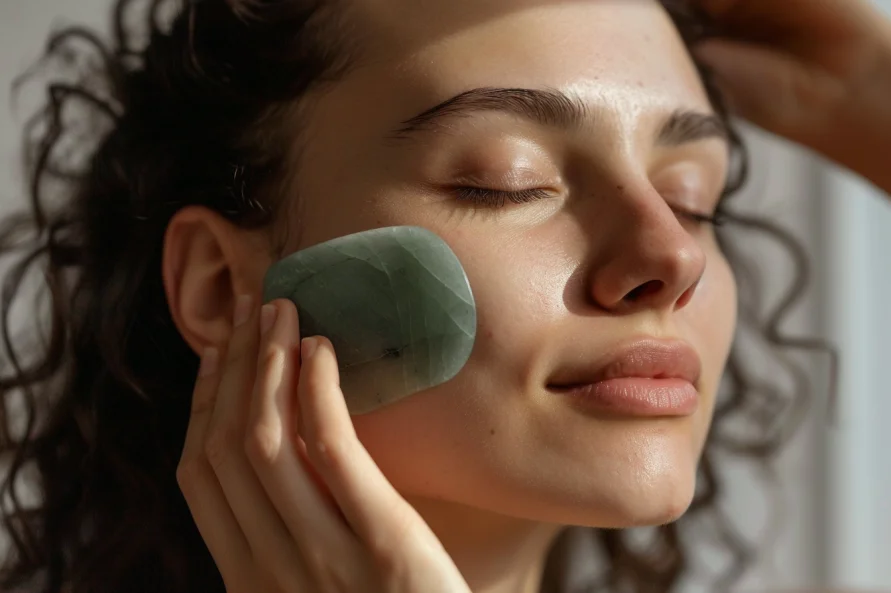
The benefits of Gua Sha are manifold. Firstly, it promotes lymphatic drainage, which is crucial for removing toxins and reducing puffiness. Secondly, it can significantly enhance skin elasticity and firmness by boosting blood circulation and encouraging the production of collagen. Lastly, Gua Sha is known for its ability to relieve tension in the muscles, potentially easing headaches, jaw pain, and even improving sinus congestion.
Side effects of Gua Sha
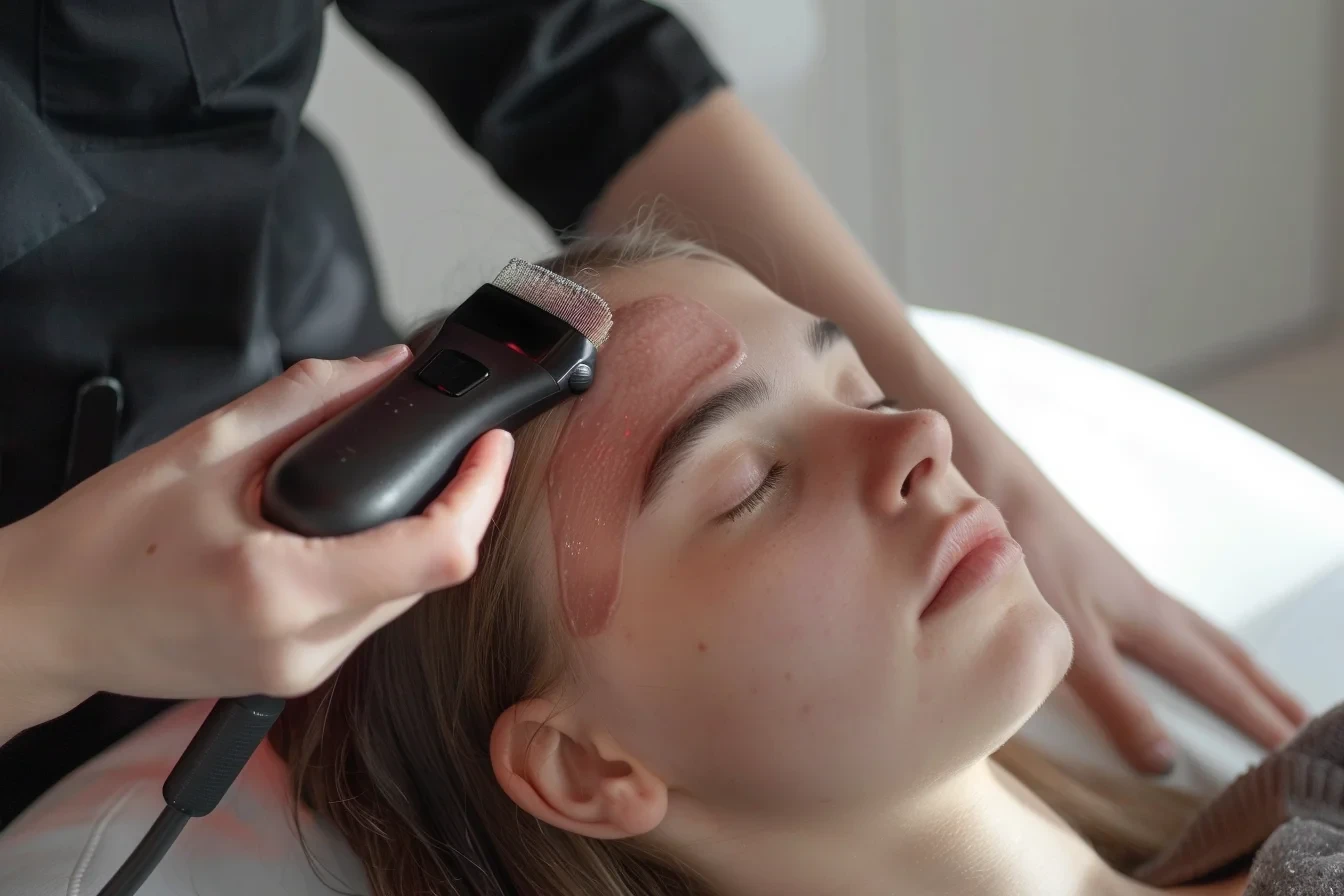
While Gua Sha is generally safe for most people, there are some potential side effects to be aware of. The most common side effect is minor bruising or redness of the skin, which usually fades within a few days. It’s also important to use gentle pressure and follow proper technique to minimize any risks. People with certain skin conditions, blood disorders, or those who are pregnant should consult with a healthcare provider before starting Gua Sha.
How to use Gua Sha
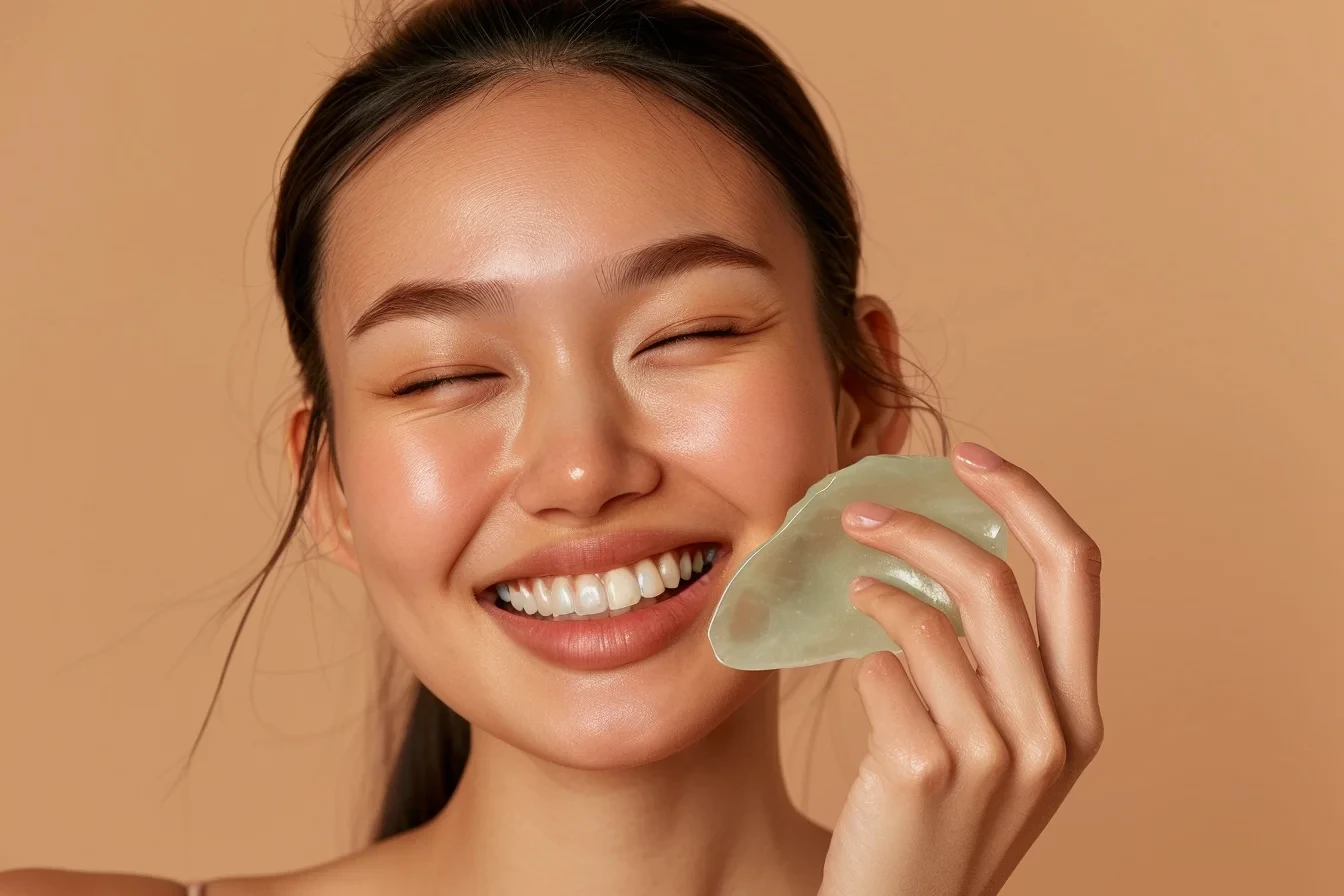
Incorporating Gua Sha into your skincare routine is straightforward. Start with a clean face and apply a light oil or serum to facilitate smooth movement of the Gua Sha tool. Hold the tool at a 15-30 degree angle to your skin, and with gentle pressure, begin to scrape in an upward and outward direction. Focus on areas like the jawline, cheeks, and forehead, and remember to use slow, mindful strokes. Consistency is key, so aim to incorporate Gua Sha into your routine 2-3 times a week for best results.
Top trendy products that contain Gua Sha

Although Gua Sha is primarily a technique rather than a product, the market has seen an influx of Gua Sha tools and related skincare products. Trendy Gua Sha tools are typically crafted from jade, rose quartz, or amethyst, each believed to have its unique healing properties. Additionally, there are now serums and oils formulated specifically for use with Gua Sha, designed to enhance the tool’s glide and boost the skin’s absorption of nutrients.
Conclusion:
Gua Sha stands as a testament to the enduring wisdom of ancient skincare practices, offering a holistic approach to beauty that transcends time. Its ability to improve skin health, promote relaxation, and even aid in facial contouring has garnered a devoted following in the beauty community. By understanding the technique, benefits, and proper use of Gua Sha, you can unlock the door to a more radiant, healthy complexion.




